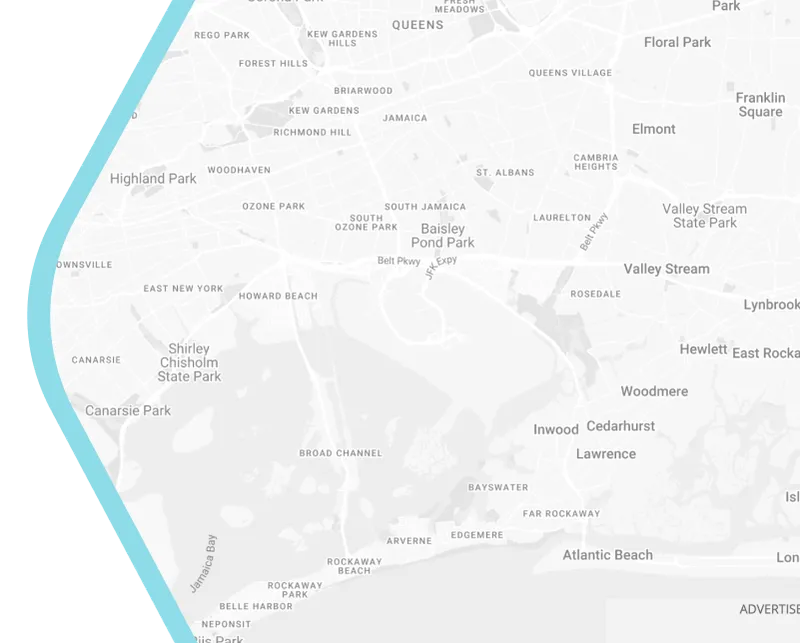
Improving Road Safety through Road Diet
Reconfiguration of road design that reduce the number of lanes, or Road Diet is an approach that is widely used to improve traffic safety on the road. A study of 36 segment sites and 39 intersections by Lim and Fontaine (2022) showed that the implementation of Road Diet reduces the number of car crashes and improve the road safety for pedestrian. This is due to the tendency that vehicle move slower in roads with fewer lanes and the number of interactions between multiple lanes are significantly reduce, lowering the points of conflict between road users. Hence, Road Diet may be an great alternatives for traffic calming in busy streets as slower traffic also means the reduction of crashes severity and provide better safety for road users with slower speed such as pedestrian and cyclist. It is further suggested that Road Diet can be coupled with the improvement of signalling of traffic lights intersection as optimised signals in intersection shows significantly higher reduction of crashes and further improve the harmonisation of traffic speed that calms the traffic.
Reference
Aljamal, M. A., Voight, D., Green, J., Wang, J., & Ashqar, H. I. (2021). Evaluation of the Use of a Road Diet Design: An Urban Corridor Case Study in Washington, DC. Sustainability, 13(16), 8964.
Lim, L., & Fontaine, M. D. (2022). Development of Road Diet Segment and Intersection Crash Modification Factors. Transportation Research Record, 03611981211069074.
